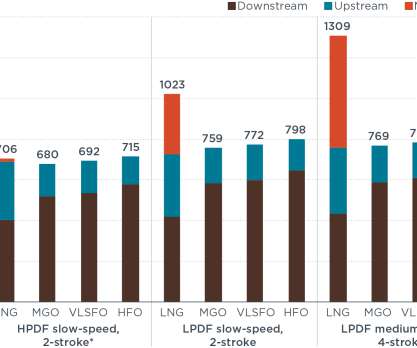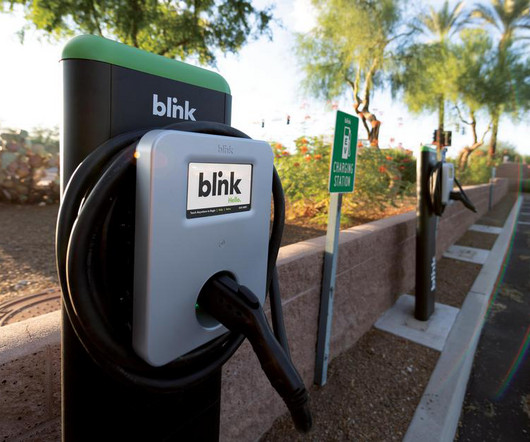Lux: California’s Low Carbon Fuel Standard will become a global phenomenon; carbon intensity, not volume
Green Car Congress
NOVEMBER 30, 2016
California’s approach to transportation fuel policy—its Low Carbon Fuel Standard (LCFS)—will become a global phenomenon, suggests Lux Research. Currently the biofuels industry is driven primarily by the abundant availability of bio-based resources enabling the production of ethanol and biodiesel. Earlier post.).





















Let's personalize your content